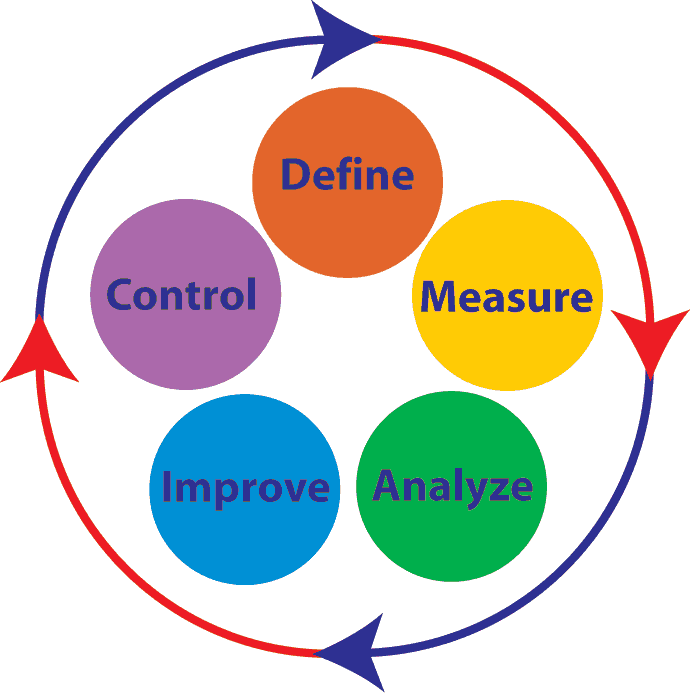Six Sigma
Six Sigma as a Way to Develop People
One of the many benefits of Six Sigma is how it helps to develop people. The dual processes of Six Sigma training and six sigma projects cultivate excellence in not only product quality and financial savings but also in the knowledge, confidence, and quality of the people in your organization. People are, after all, your organizations' most valuable assets. To sustain and continuously improve, an organization needs to develop its people. Six Sigma helps to develop your people in two areas: it develops leaders and it empowers people to be knowledgeable and valuable contributors to the organization's success.
Every organization needs people with leadership qualities . Leadership skills are needed at every level in the organization. Consistent Six Sigma training and implementation from the executive level through line managers will help grow leadership in your organization. With Six Sigma, there are many opportunities to develop leadership skills and leadership qualities at all levels in the organization. Six Sigma certification training and the hands-on real-world training of leading Six Sigma projects cultivate management skills.
Six Sigma seeks to grow leaders in an organization through its training programs. People who have completed Six Sigma training earn a Belt title. It denotes their level of knowledge and responsibility. A Green Belt is an individual who has completed two weeks of training on the Six Sigma roadmap and essential elements of statistical methodologies supporting Six Sigma projects and who is a member of a Six Sigma process improvement team. A Black Belt is an individual who has completed four weeks of training focusing on the Six Sigma Roadmap and extensive statistical methodologies and is experienced in leading cross-functional process improvement teams. Black Belts become leaders of Six Sigma project teams and they mentor other employees to help them improve.

Six Sigma values leadership, but it also values involvement from employees at all levels of the organization. If anyone can get to the root of a problem and help solve it, then it doesn't matter where the idea comes from. Six Sigma has to have complete support and commitment from all levels of the organization. Six Sigma requires buy-in from everyone involved in the business processes that are measured. This requirement actually helps build a better organization.
Involvement from all levels of employees comes about from the six sigma strategy of building project teams. Continuous improvement processes, such as Six Sigma, means including people, gaining their involvement, and then supporting what they are trying to accomplish. Six Sigma asks for input on improvement solutions from all employees because it recognizes the value of creative solutions to problems from any and all sources. The simple reality is that line workers know some things the higher ups don't. Front-line employees understand the customer better than anyone. Organizations that solicit ideas from line workers will uncover innovative solutions to problems that could never be uncovered by detached analysis.
Involving people through Six Sigma also leads to empowering people. Six Sigma's data-driven methodology gives people appropriate feedback on the process and levels of improvement they are achieving- what they did well and what they did badly. Through Six Sigma, your people are given real solutions to eliminate the real root causes of problems. Plus, it gives them the understanding of the whats, wheres, and whys because the data is there. Thus, Six Sigma helps to develop the knowledge, confidence, and quality of the people in your organization.
Further, Six Sigma helps promote a culture of trust so that everyone's energies will be directed into positive and constructive work. Such a culture consists of including people, giving them the tools they need to succeed, an appropriate level of influence and control, and being open with them. As trust builds people start to get more involved, become more committed, accept more empowerment, and deeper levels of trust develop. Team work, coordination of activities, trust amongst the team, and knowing the process makes the effort of Six Sigma successful.
The result of doing this well is professional growth, improved morale and positive attitudes toward cooperative efforts. Six Sigma will become one of the factors that not only fuels dramatic quality improvement in your employees but creates an outstanding workplace.